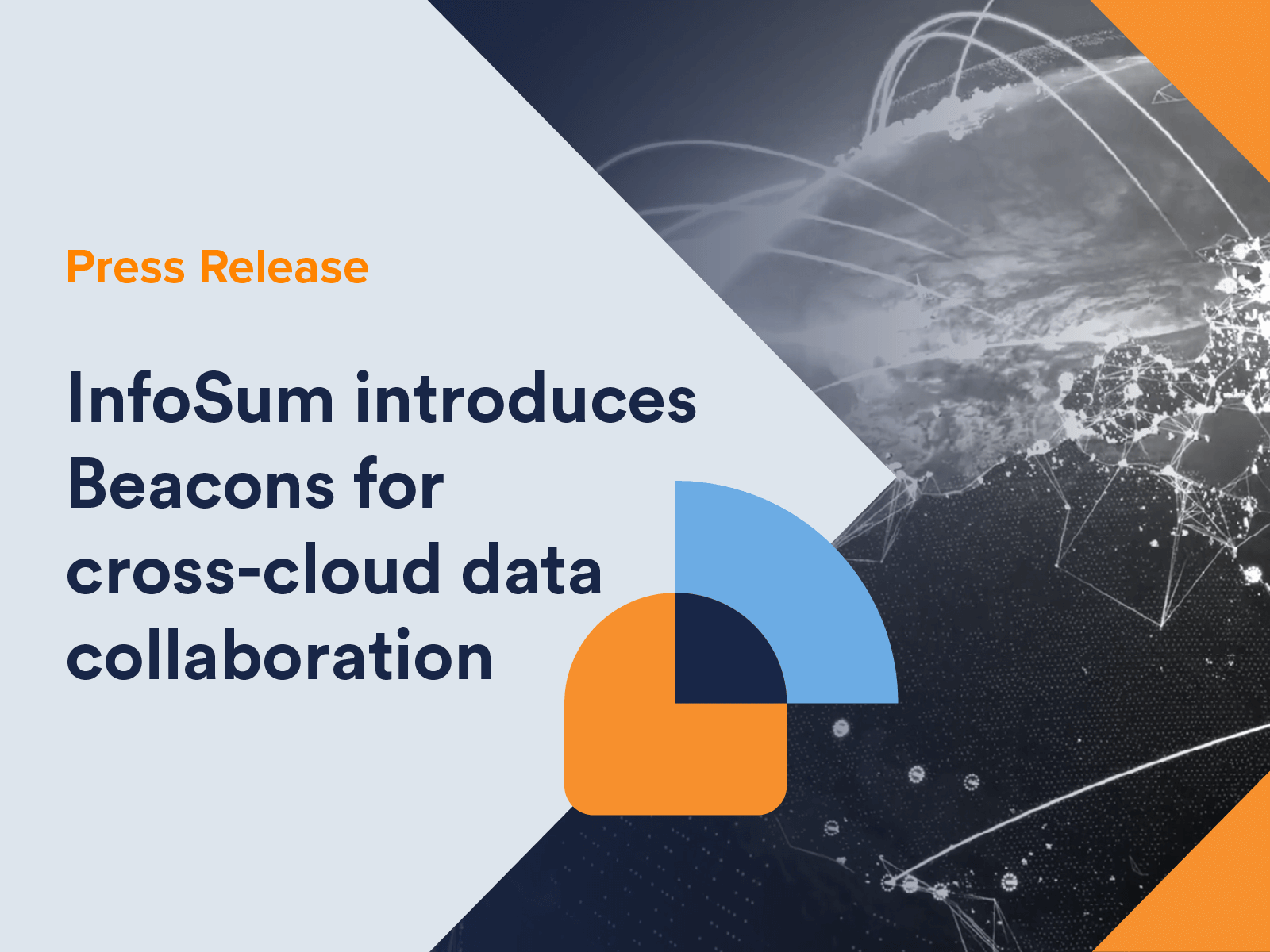As the phrase goes, trust is hard to gain and easy to lose. In the advertising industry, we have managed to destroy that trust. And if we don’t fix it, the digital advertising landscape, and really any business that aspires to deliver data-driven customer experiences, will have a hard time achieving those aspirations.
While we can debate cookie alternatives, universal identifiers, and Floc, or whether Google and Apple are being ‘fair’, the core issue facing digital advertising is a lack of trust. Consumers are more aware than ever of how their data is being used by companies, and increasingly they do not trust brands and media owners enough to share information.
At the same time, companies have been burned so often that many are frozen, missing out on huge opportunities because they’re afraid of any form of partnership that touches customer data.
Let’s face it. We’ve got some serious work to do to rebuild trust on both sides. Yet I’m perhaps surprisingly optimistic we can get there, and maybe even end up in a better place.
It will require a whole new way of thinking about data. Let me explain.
At InfoSum, everything we do is shaped by a fundamental belief in the need to establish and preserve trust in order to facilitate effective data collaboration, and that manifests itself in two ways:
- Consumers need to trust the businesses they choose to share data with - and it’s on the businesses to prove they’ve earned it. This requires an incontrovertible, demonstrable commitment to privacy and confidentiality on the part of these organizations and full transparency regarding how their data is being used.
- Businesses need to trust each other when they collaborate with data. This can only happen successfully if all the parties involved have complete confidence in the security and level of accessibility of their data, and the data they hold on behalf of consumers.
The result? A data collaboration between any two parties becomes a trust triangle, with the commercial parties (for example a brand and media owner) needing to establish trust with one another, and with the consumers whose data they hold. If there are multiple parties involved, it’s a simple case of stacking the triangles to create trust networks - crucially though, the consumer always needs to be a part of every triangle; at the center of the 3D polygon, if you like.

So where’s the connection to digital advertising?
Programmatic advertising in its current form, and indeed its future form if universal ID cookie replacement solutions are adopted, is just another form of data collaboration - though to date, that collaboration has often lacked equity and has most certainly lacked clarity - yet we believe the same principles can apply. Without a robust trust network in place, it’s doomed to failure.
Unlike Google, we’re not suggesting for a moment that universal identifiers such as UID 2.0 and LiveRamp ATS are fundamentally incompatible with these principles, but we do believe that they make it harder, rather than easier to establish trust. The bar becomes set even higher than it is today due to the greater sensitivity of the underlying source data (usually an email address) and their increased portability across devices and environments.
Can the industry satisfactorily address the challenges to make universal identifiers viable and sustainable? The jury’s out. It’s important to think through what happens in either scenario.
If universal IDs do fail, will the industry inevitably be driven into the arms of “black box” targeting and measurement solutions such as Google’s FLOCs and Apple’s SKAdnetwork? (Let’s remember this is a bigger problem than “just” web advertising after all)
We think there’s an alternative - a middle ground if you like. The answer, we believe, lies in distributed identity, and distributed activation.
Distributed identity, and distributed activation
A distributed approach is purposefully designed to enable the creation of those trusted data networks we mentioned earlier. Each participant in the network brings their own identity graph based on their direct connection to each consumer, for example, a media owner’s subscriber base linking email address to their subscriber ID, and to their first-party cookie. Rather than creating a universal identifier or any form of central identity spine, a peer-to-peer-based distributed identity can be created leveraging the power of the network, in real-time.

Because every participant in the ecosystem has a direct relationship with the consumers whose data they contribute to the networks, they ensure that consumer transparency, consent, and compliance are adhered to. By putting privacy-by-design principles at the heart of the network, companies are able to live and breathe their commitment to these consumers when it comes to data collaboration.
At the same time, a distributed approach to collaboration, where data never leaves the secure control of each data contributor, enables complete trust to be established between the participants, who can collaborate with total confidence that their data can’t be leaked or used outside of the agreed scope.
To enable activation without sharing identifiers, distributed activation uses only the identifier owned by the media owner who can activate directly against their own audience. For example, the media owners subscriber ID or first-party cookie ID.
Industry-wide change won’t happen overnight. But if we can adopt a new way of thinking, where consumer privacy is not just respected, but prioritized, and where businesses feel secure and in control, we can flip this trust narrative and build a whole new level of confidence in our industry. That’s when the real innovation can begin.







